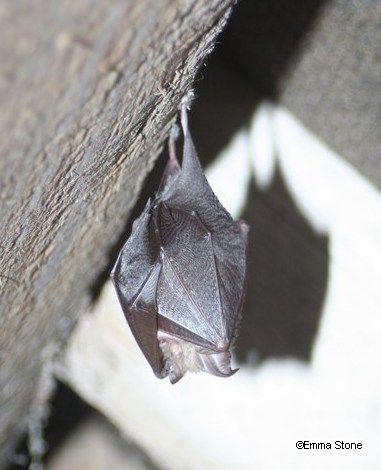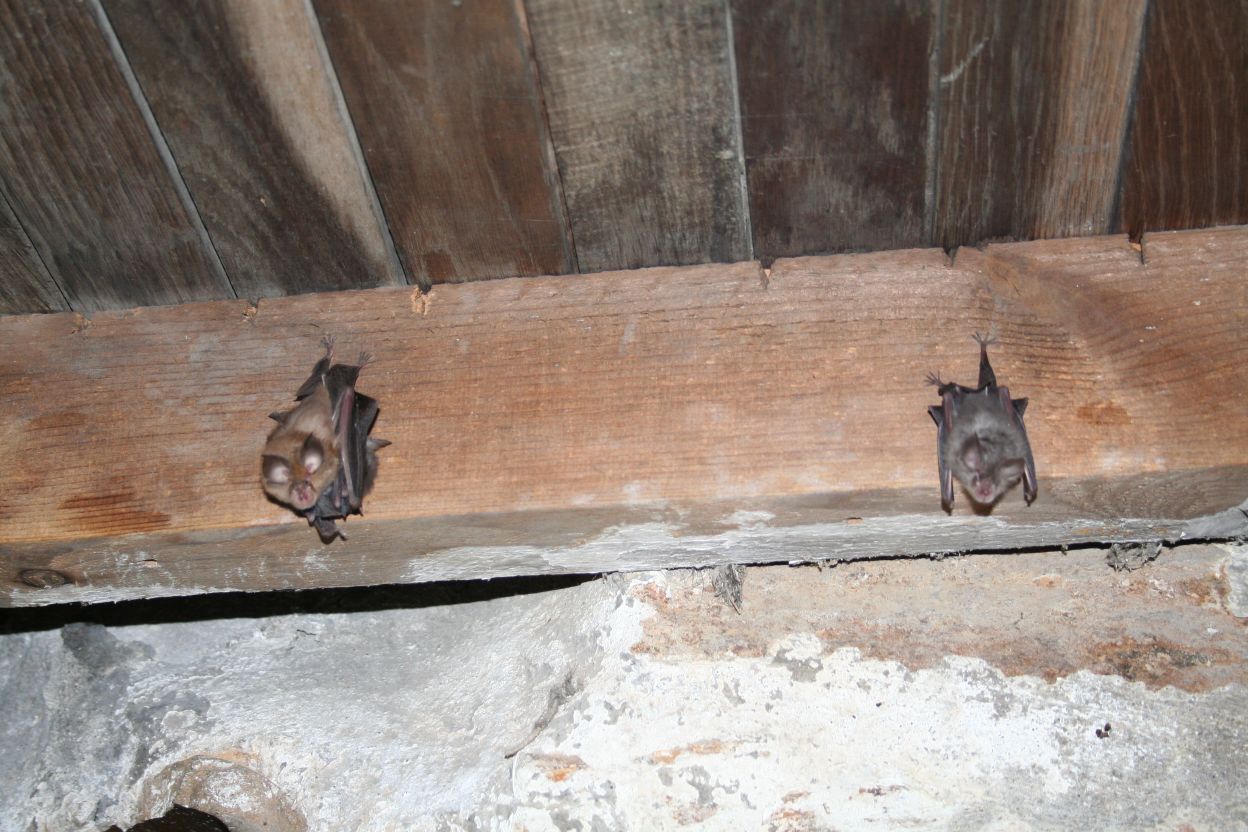Status
 This project focuses on the lesser horseshoe bat (Rhinolophus hipposideros). Formerly widespread and common (Bontadina et al.2001; Motte & Libois 2002) lesser horseshoe bats have undergone a contraction in range in the past hundred years (Stebbings 1988; Mitchell-Jones 1994) and are therefore classified as Threatened in the UK and Europe (Stebbings & Griffith 1986; Stebbings 1988; Huton 1993; Harris et al. 1995). Habitat destruction and the effects of pesticides are generally accepted as the main causes of the population decline (Bontadina et al. 2001).
This project focuses on the lesser horseshoe bat (Rhinolophus hipposideros). Formerly widespread and common (Bontadina et al.2001; Motte & Libois 2002) lesser horseshoe bats have undergone a contraction in range in the past hundred years (Stebbings 1988; Mitchell-Jones 1994) and are therefore classified as Threatened in the UK and Europe (Stebbings & Griffith 1986; Stebbings 1988; Huton 1993; Harris et al. 1995). Habitat destruction and the effects of pesticides are generally accepted as the main causes of the population decline (Bontadina et al. 2001).
The lesser horseshoe bat is listed under several European directives including Appendix II of The Bonn Convention, Appendix II of the Bern Convention and Annexes II ('Strictly protected') and IV of the European Community (EC) Habitats and Species Directive 92/43/EEC. The most recent IUCN Red List of Threatened Animals classifies this species as Least Concern (ver 3.1), and decreasing within Europe (IUCN 2008).
Within Britain this species is protected under Schedule 2 of the Conservation (Natural Habitats, etc.) Regulations 1994 (Regulation 38) and Schedule 5 of the UK's Wildlife and Countryside Act (WCA) 1981. The Lesser horseshoe bat is a priority species under the national UK Biodiversity Action Plan (UK BAP), with numerous local and county action plans being implemented. Previously most work on lesser horseshoe bats focused on the conservation of winter and summer roosts (Schofield 1993; Bontadina et al. 2001; Reiter 2004). More recent studies have identified the importance of well connected habitat features and foraging areas for this species (Jones & Rayner 1989; Bontadina, Schofield & Naef-Daenzer 2002; Motte & Libois 2002; Reiter 2004; Knight 2006).

 In Britian the lesser horseshoe bat is at the northern limit of its European distribution. It is currently restricted to Wales, and south-west England reaching east to Dorset and Oxfordshire (indicated in white on the map). Populations have declined accross Europe over the past 100 years and are now virtually extinct in parts of north-west Europe (Stebbings 1988). The UK holds a European stronghold for this species (Macdonald and Tattersall 2001) with an estimated UK population of around 50,000 (Schofield 2008) approximately half of which (28,000) are in Wales (Matthews and Halliwell 2009). Map courtesy of Bat Ecology and Bioacoustics Lab, University of Bristol.
In Britian the lesser horseshoe bat is at the northern limit of its European distribution. It is currently restricted to Wales, and south-west England reaching east to Dorset and Oxfordshire (indicated in white on the map). Populations have declined accross Europe over the past 100 years and are now virtually extinct in parts of north-west Europe (Stebbings 1988). The UK holds a European stronghold for this species (Macdonald and Tattersall 2001) with an estimated UK population of around 50,000 (Schofield 2008) approximately half of which (28,000) are in Wales (Matthews and Halliwell 2009). Map courtesy of Bat Ecology and Bioacoustics Lab, University of Bristol.